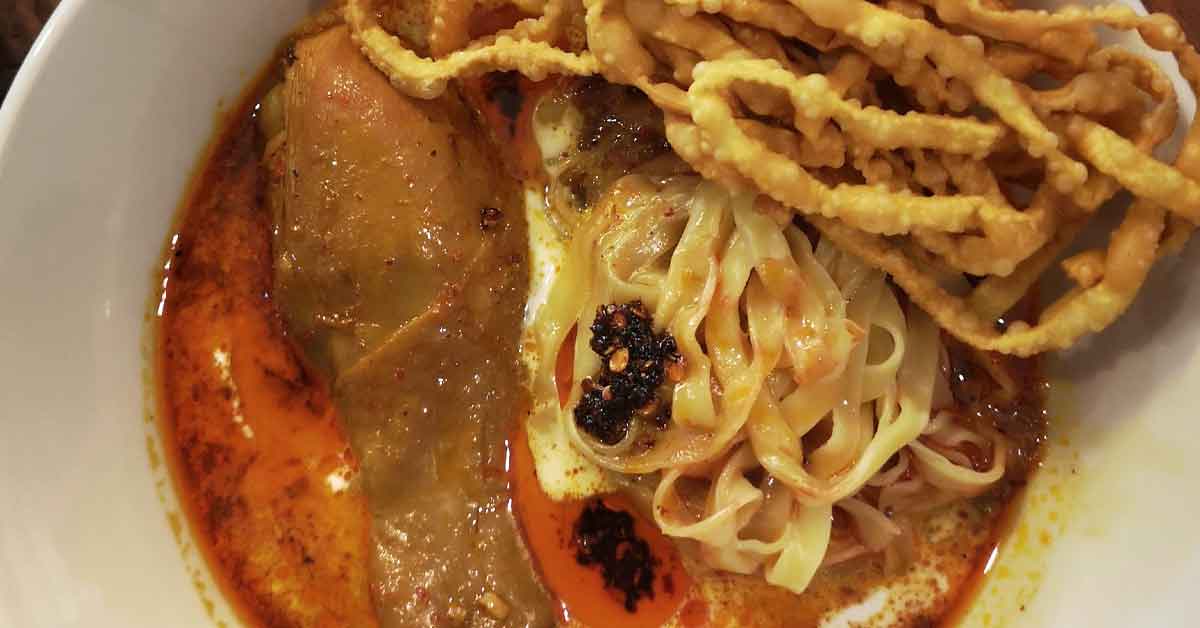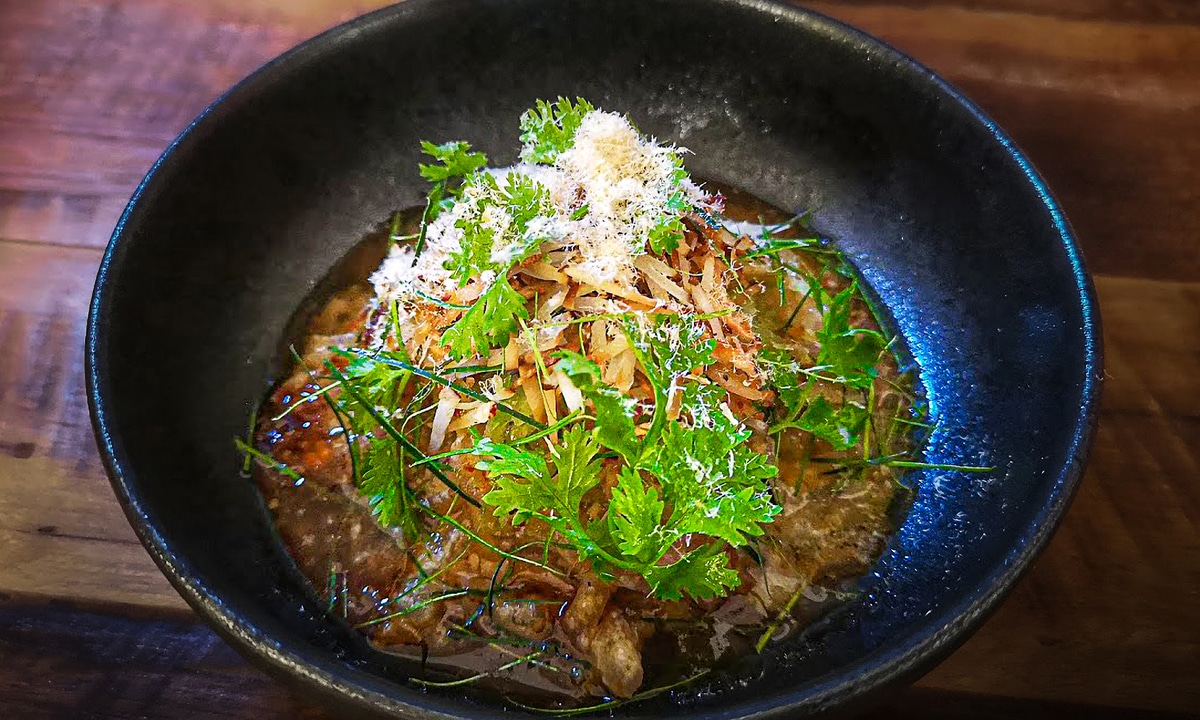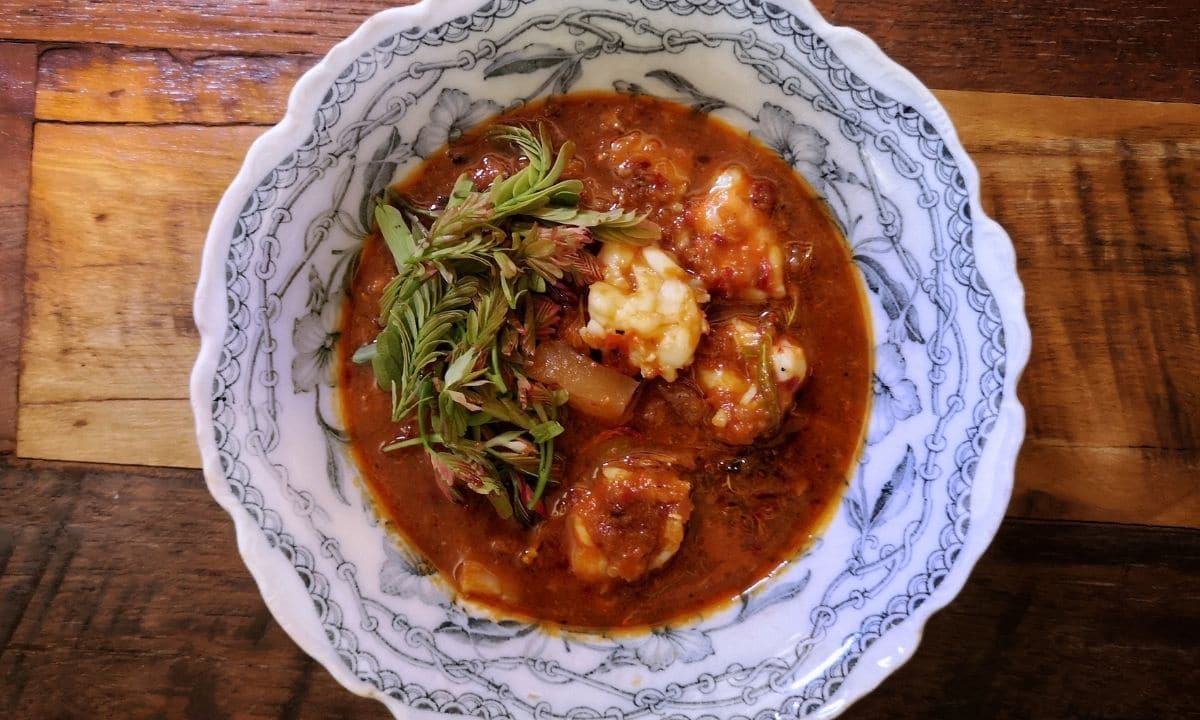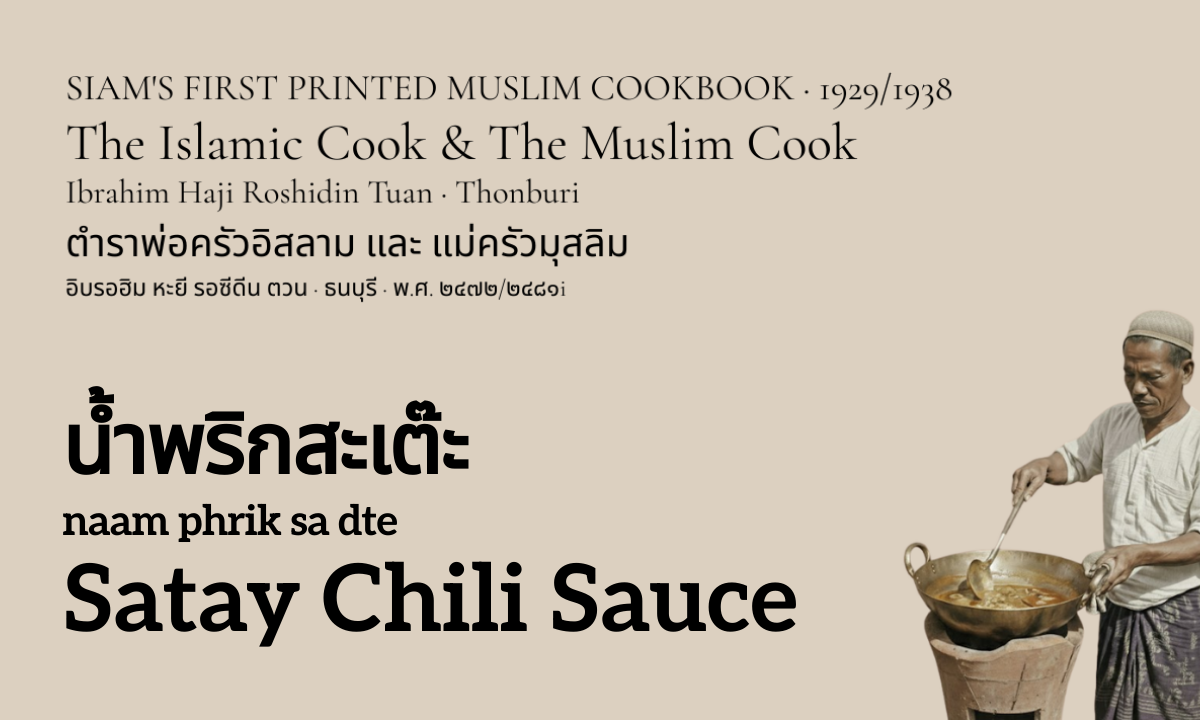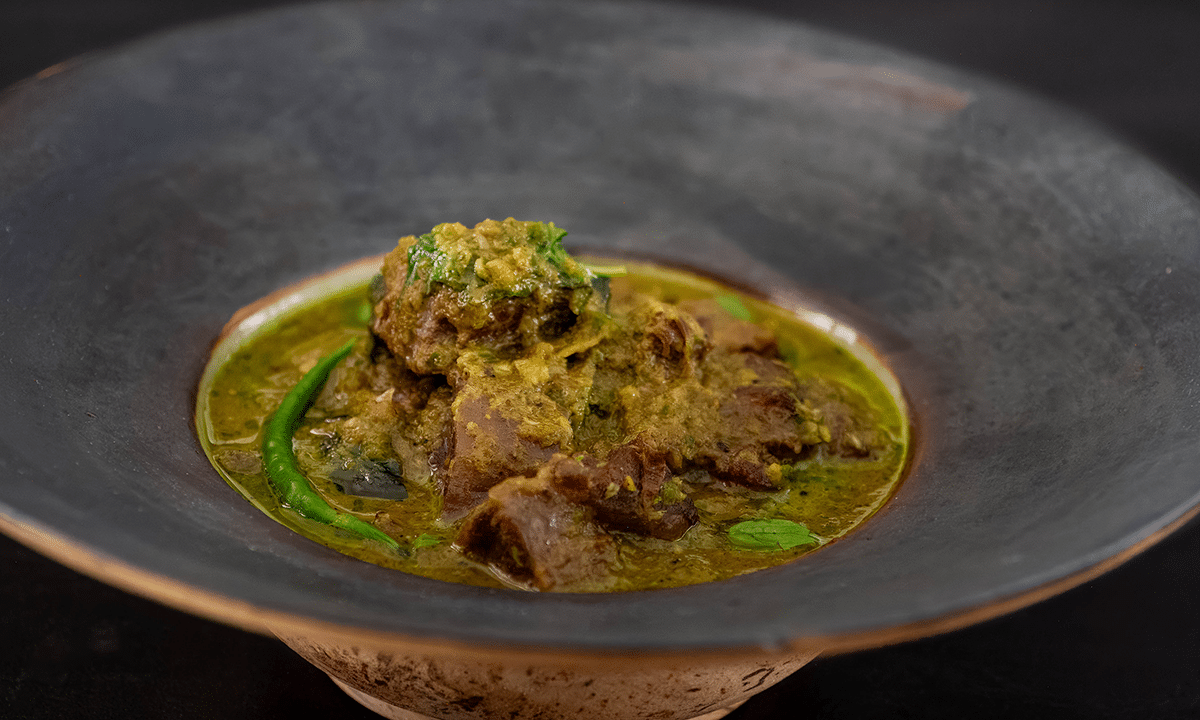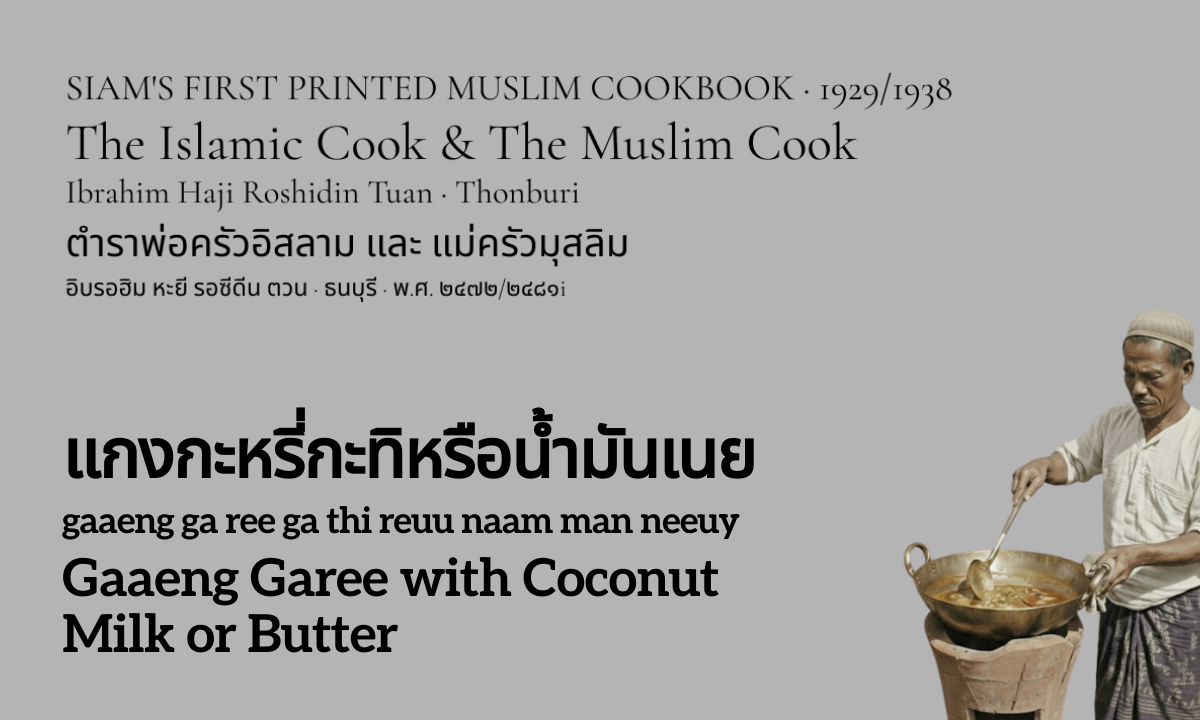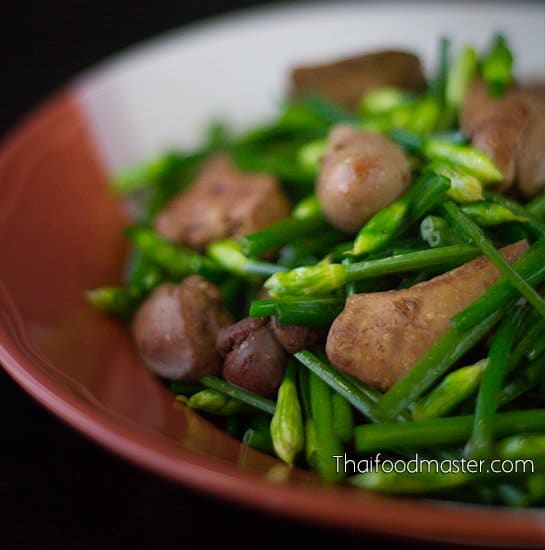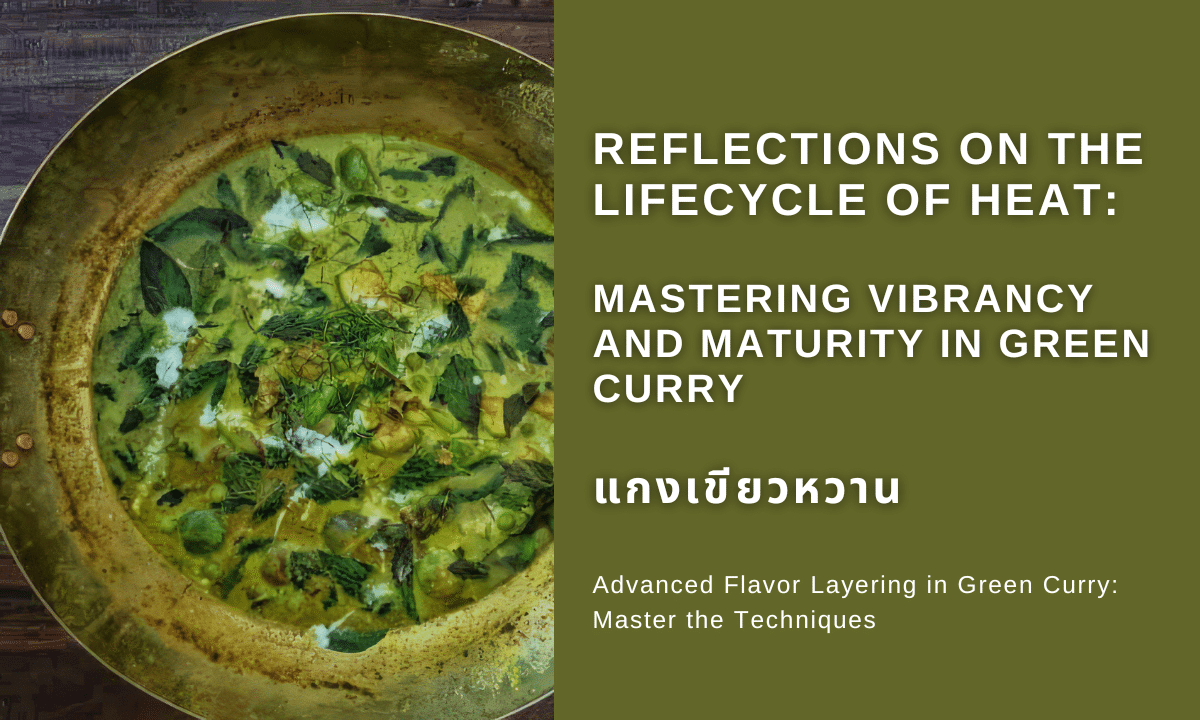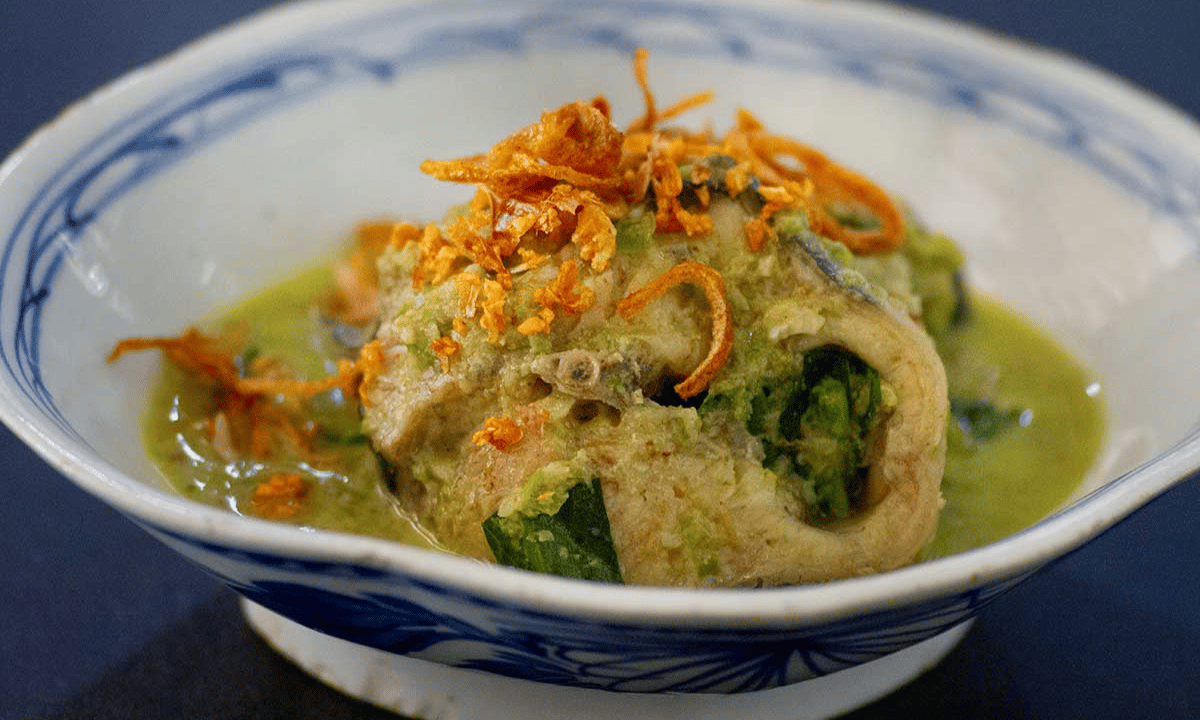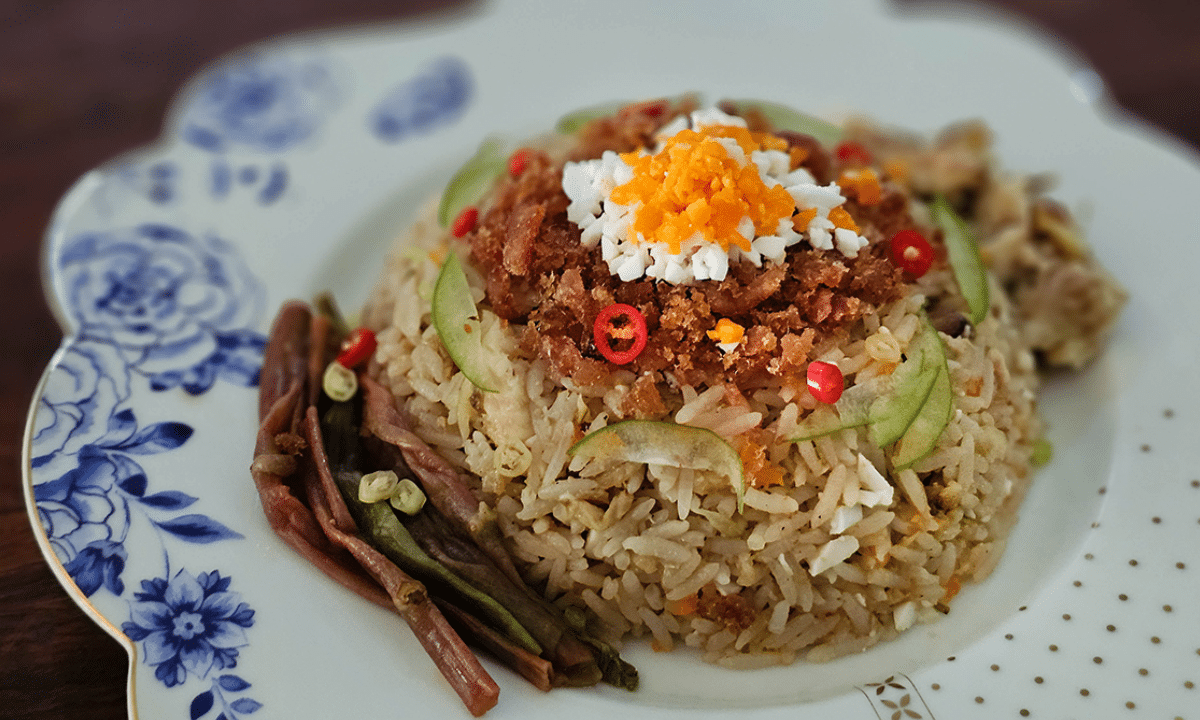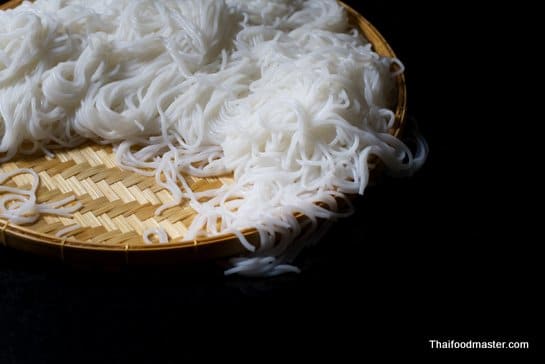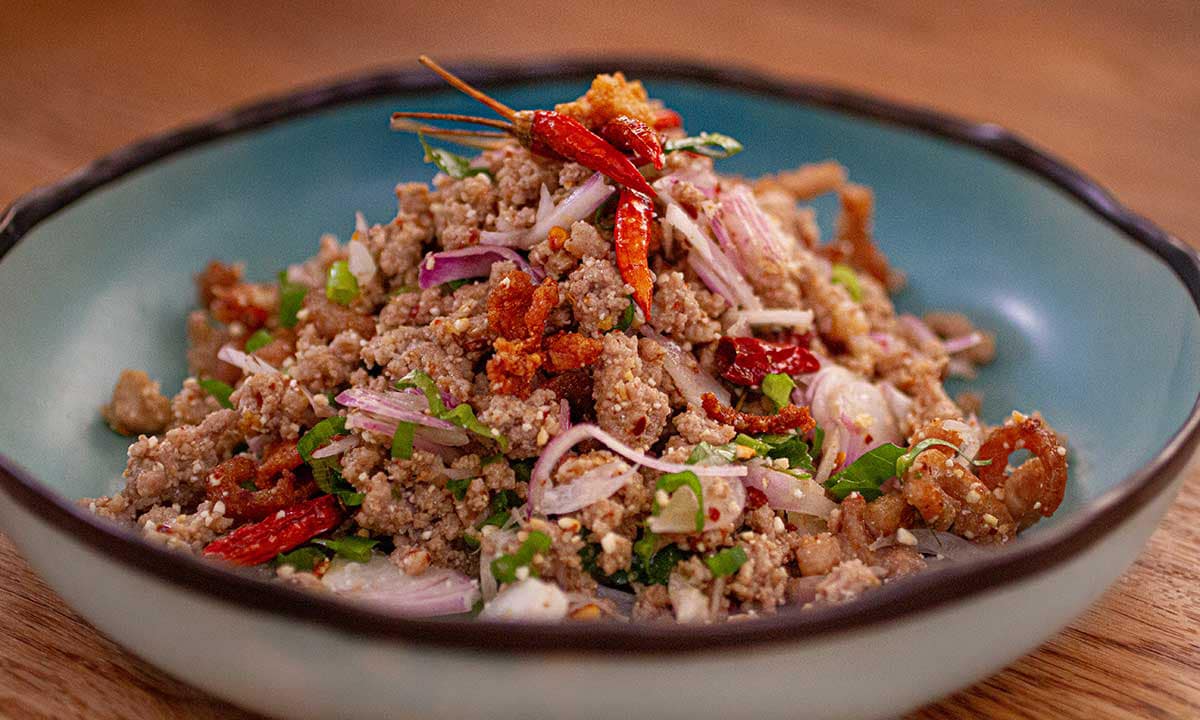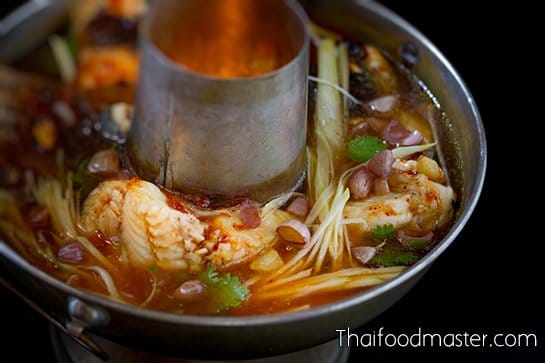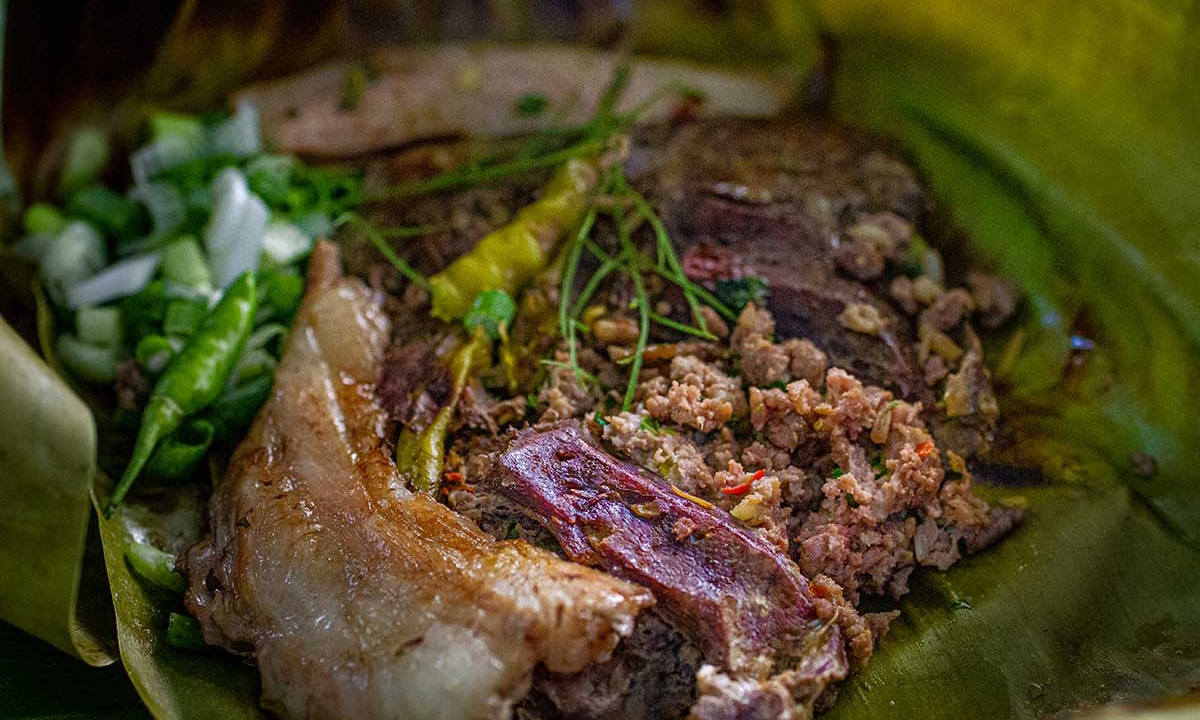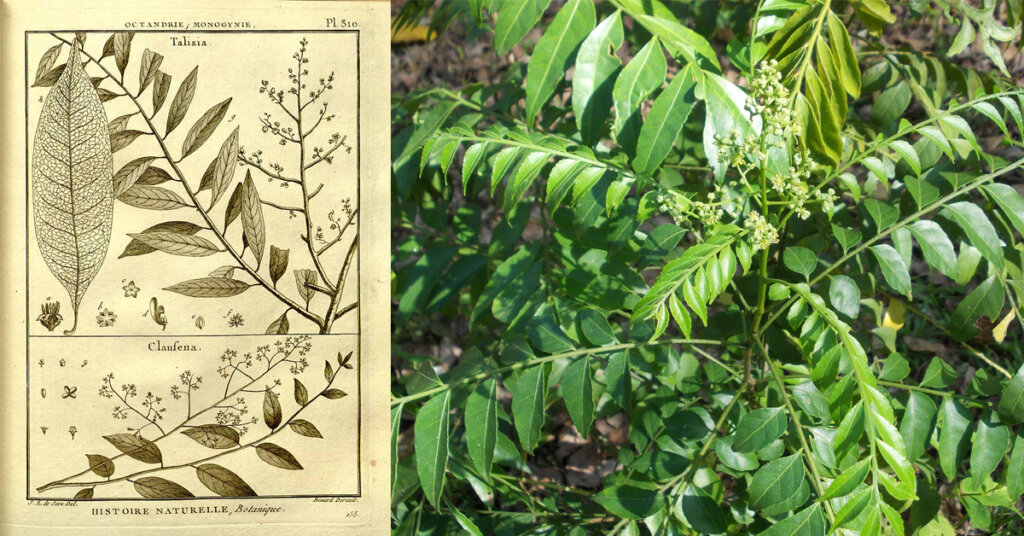
Local names:
Phetchabun: สมัดใหญ่ สมัดใบใหญ่ หัสคุณโคก (samat yai, samat bai yai, hat khoon kho:hk). Kanchanaburi: ยม รุ้ย (yohm ruy). Chanthaburi: สามโสก (saam so:hk). Saraburi: หัสคุณ อ้อยช้าง (hat khoon, aawy chaang). Nakhon Ratchasima: ขี้ผึ้ง แสนโศก (khee pheung, saaen so:hk). Ubon Ratchathani: ชะมัด (chamat). Chon Buri: สามเสือ (saam seuua). Yala: สำรุย (sam ruy). The Northern Region: เพี้ยฟาน หญ้าสาบฮิ้น หมี่ (phiia faan, yaa saap hin, mee). Issan: หัสคุณเทศ สมัดน้อย สมัดขาว (hat khoon thaeht, samat naawy, samat khaao). The central plains: สีสม หมอน้อย หวดหม่อน (see sohm, maaw naawy, woht maawn). The Southern Provinces: มะหลุย (ma luy). Khmer: กันโทร๊ก (gan tho:h rohk). Hmong: เต็งละ (dteng la). Khmu language: ระยอลร์ (ra yaawn). Karen, Mae Hong Son: เส่เนอซี (seh nuuhr see). Chinag Mai: ขี้ฮอก เพี้ยฟาน เหมือดหม่น เฮือดหม่อน (khee haawk, phiia faan, meuuat mohn, heuuat maawn). Other: มุ่น ไม้หมี สามโซก หมุยขาว หมุยหอม หอมพาน (moon, mai mee, saam so:hk, muy khaao, muy haawm, haawm phaan). [1]Medthai.com
A slender tree to 15 m tall. Twigs finely hairy. Leaves pinnate, to 60 cm long, with 10-31(-41) pairs of alternate, oval oblique leaflets 2-9 cm long with pointed tips and toothed margins. Leaflets have a characteristic curry-like smell when crushed. Leaflets full of translucent dots when hold against the light. Small white flowers occur in terminal clusters, followed by translucent pink berries 7-18 mm across, each containing 1-2 seeds. [2]Plants of Southeast Asia
Description
Small tree to 15 m tall and 20 cm diameter. Branchlets softly hairy. Leaves alternate, 20-50 cm long, rachis slender, cylindrical, not winged; leaflets 10-31, oblong-ovate to lanceolate or slightly crescent-shaped, 2-9 x 1.5-4 cm, thinly leathery, glabrous above, sparsely hairy below; base rounded, obliquely asymmetric, margins toothed, apex tapered or acuminate; petiolules short. Inflorescence a much-branched panicle, terminal, 10-30 cm long, pyramid-shaped, branches hairy. Flowers 4(-5)-merous, buds round; calyx minute, hairy; petals oval, 3.5-5 mm long, glabrous, yellowish or greenish; stamens 8, filaments inflated and concave at base; ovary ovoid to ellipsoid, hairy or hirsute, slightly lobed, style cylindrical, persistent, not narrowed where it joins the ovary. Fruits broadly ellipsoid, 1-1.8 cm long, smooth, glabrous; peel green ripening pink, translucent. Seed 1-2 per fruit, oblong. [from Tree Flora of Sabah and Sarawak] [3]Plants of Southeast Asia
Ecology
Establishes dense stands along roads and in disturbed areas up to 1000m elevation. Seeds dispersed by birds.[4]Plants of Southeast Asia
Uses
The fruit has the taste of grape, accompanied with a peculiar flavor, being very grateful to the palate. The scanty pulp of the fruit has an anise-seed flavor. In China it is pleasantly acid and held in esteem, as it also is in the Indian archipelago. In China, Indo-China, Thailand, Peninsular Malaysia and Java, the juice from the leaves is taken for intestinal worms or cough, and, sometimes together with Curcuma longa L., for fever, malaria or colds. A decoction of the roots, flowers or leaves is taken for bowel complaints, such as colic, dyspepsia and stomach-ache. The pounded root or leaves are used as a poultice on sores, including ulceration of the nose, or sometimes for yaws. Ulcerations of the nose may also be treated by fumigation using burning leaves and bark. The pounded leaves may be applied to the head for headache. A decoction of the leaves is taken after childbirth. In Peninsular Malaysia the plant is also credited with magic virtues. In China, it is considered a bitter, tonic, astringent and emmenagogue. A poultice of the leaves is applied to treat paralysis. In Burma (Myanmar) the leaves are taken for stomach troubles. In Java the timber is used for handles of axes; it is white and has a fine structure. The leaves are insecticidal. [5]Plants of Southeast Asia
Read more about the medicinal properties
Distribution
From the Himalayas to southern China, southern Taiwan, throughout Indo-China, Thailand, Malaysia, Indonesia and the Philippines to New Guinea. Currently cultivated pan-tropical. [6]Plants of Southeast Asia
The information on this website has been compiled from reliable sources, such as reference works on medicinal plants. It is not a substitute for medical advice or treatment and Thaifoodmaster does not purport to provide any medical advice.
References
